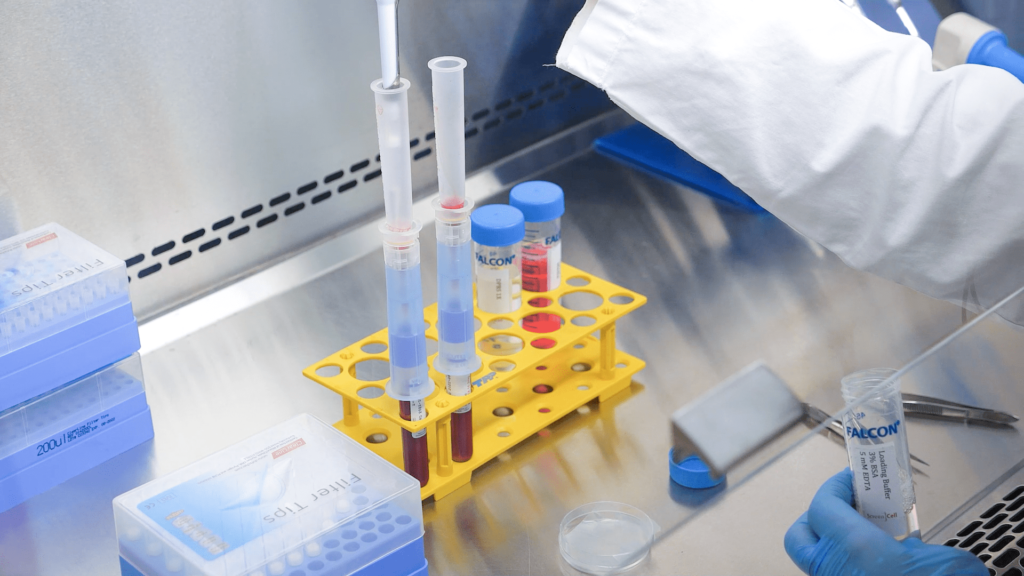A Fast and Furious Liquid Biopsy Assay to Monitor Targeted Therapy Resistance.

Liquid biopsies represent a valid alternative to conventional tissue biopsies, offering a real time molecular picture of tumors in a minimally invasive manner. Of the various circulating biomarkers available for liquid biopsy, circulating tumor cells (CTC) and circulating tumor DNA (ctDNA) are the most intensively studied to date. However, CTC and ctDNA represent different tumor components, therefore, complementary information from both sources might be beneficial. This protocol focuses on the description of a sample processing workflow that allowed for concurrent isolation of CTC and ctDNA from the same source sample. This single tube approach enables simultaneous analysis of multiple biomarkers to better monitor cancer drug resistance.
A Novel Combined Methodology for Isolation and Detection of Circulating Tumor Cells based on Flow Cytometry and Cellular Filtration Technologies

Cancer cell presents a dynamic nature that evolves over time in its microenvironment through a complicating molecular and cellular interaction network. Despite the progress already achieved in the imaging technologies and the molecular tools used for tumor cell diagnosis and treatment approaches, metastasis still remains a major hindering factor that limits the clinical outcomes. Circulat-ing tumor cells (CTCs) present the potential in providing critical information to understand the metastasis process, the tumor cell and genome heterogeneity, in a way to overcome cancer therapy bottlenecks and improve the efcacy and safety therapeutic proles. The experience already gained shows that CTCs as tools possess a pre-dictive biomarker capacity by aiming the understanding of most of the known cancer cell hallmarks at the molecular level, as well as the translation of the extracted relevant knowledge in clinical practice. The efcient isolation and characterization of CTCs might reveal the intratumoral heterogeneity present in tumors while providing critical insights into cancer metastasis. Moreover, by combin-ing the emerging single cell omics technologies, CTCs can be valuable biological source material to unveil the existed intratumoral cellular and genomic heterogeneity, as well as to pharmacologically exploit critical knowledge for the validation of prognostic and diagnostic biomarkers within the concept of precision and personalized cancer therapy. In this article, a novel combined methodology for the isolation and detection of CTCs based on ow cy-tometry and cellular ltration technologies is presented